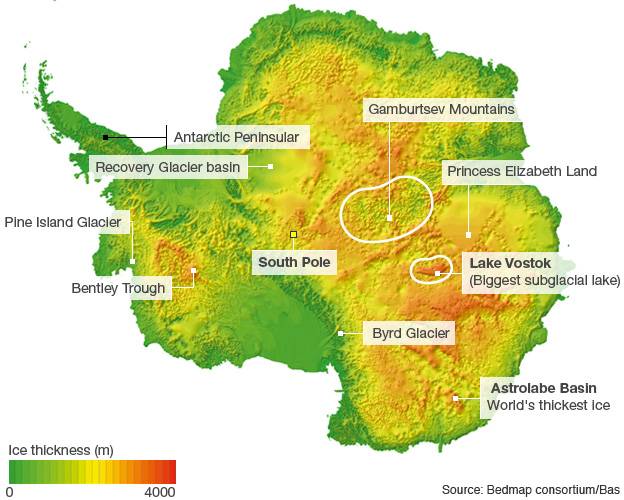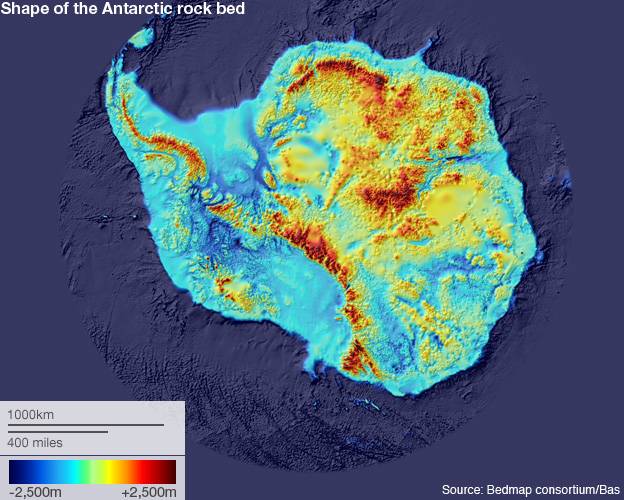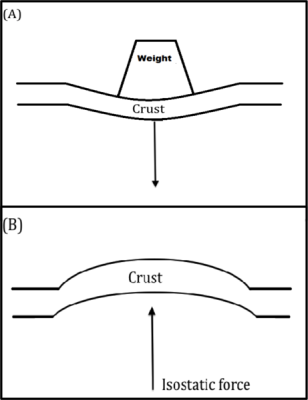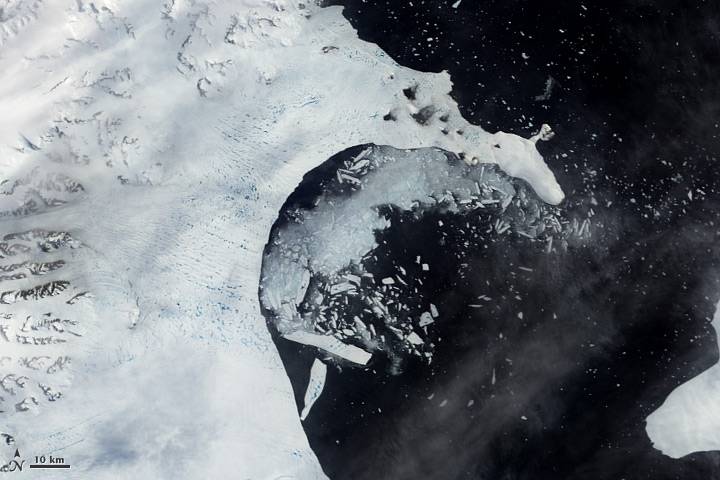ScienceRocks
Democrat all the way!
- Banned
- #1
3,330 Meters Is Reached!!!
[Heidi Roop]
January 27, 2011
WAIS Divide Ice Core
Dear WAIS Divide Enthusiast -
We are ELATED to pass along the fantastic news that the WAIS Divide Ice Core project has reached its goal this year of drilling 3,330 meters into the West Antarctic Ice Sheet. We just received notice from the camp that this goal was achieved at 12:24 PM on January 28, 2011 local time (6:24 PM, January 27, 2011 EST), with a final borehole depth of 3,329.956 meters. This is the second deepest ice core ever collected and could not have been achieved without the resources, dedication, commitment, perseverance and comradely of hundreds of people.
We at the WAIS Divide Science Coordination Office, on behalf of the science community, want to sincerely thank everyone for their help and support in recovering this monumental ice core. Without you, we wouldn't be at this point today. Please join us now in a toast celebrating this historic accomplishment!
Cheers,
Ken Taylor - Chief Scientist (and currently at WAIS Divide)
Mark Twickler
Joe Souney
Good news...New data to add to our understanding is coming.
[Heidi Roop]
January 27, 2011
WAIS Divide Ice Core
Dear WAIS Divide Enthusiast -
We are ELATED to pass along the fantastic news that the WAIS Divide Ice Core project has reached its goal this year of drilling 3,330 meters into the West Antarctic Ice Sheet. We just received notice from the camp that this goal was achieved at 12:24 PM on January 28, 2011 local time (6:24 PM, January 27, 2011 EST), with a final borehole depth of 3,329.956 meters. This is the second deepest ice core ever collected and could not have been achieved without the resources, dedication, commitment, perseverance and comradely of hundreds of people.
We at the WAIS Divide Science Coordination Office, on behalf of the science community, want to sincerely thank everyone for their help and support in recovering this monumental ice core. Without you, we wouldn't be at this point today. Please join us now in a toast celebrating this historic accomplishment!
Cheers,
Ken Taylor - Chief Scientist (and currently at WAIS Divide)
Mark Twickler
Joe Souney
Good news...New data to add to our understanding is coming.









